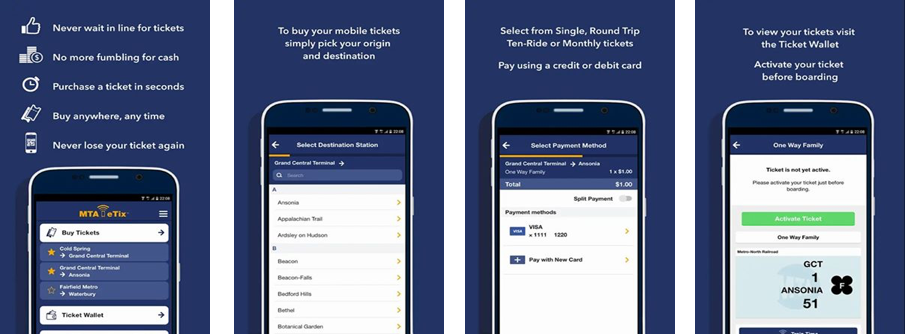The iPhone’s Keyboard: Pros and Cons
iOS’s keyboard, as one of the most commonly used keyboard, is a very well, fully developed keyboard system. It supports numerous of languages (including more than 2,500 emojis) and variety of layouts, and can smartly auto-correct the text in most cases. iPhone Keyboard in different settings. ( Left to right: English, QWERTY; Chinese (Simplified), 10 […]
The iPhone’s Keyboard: Pros and Cons Read More »

